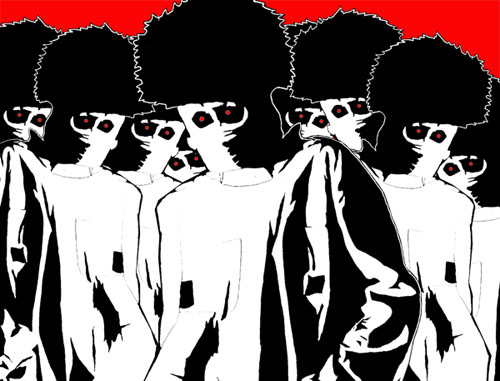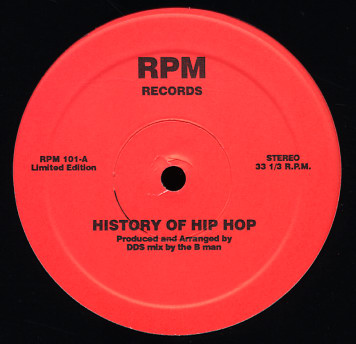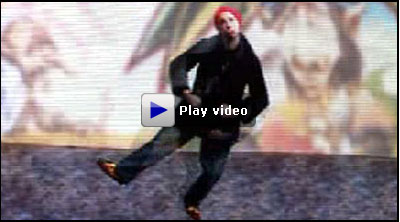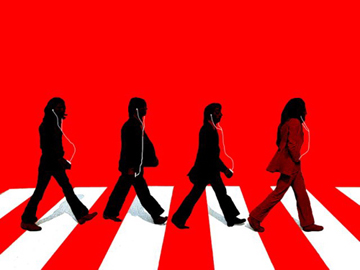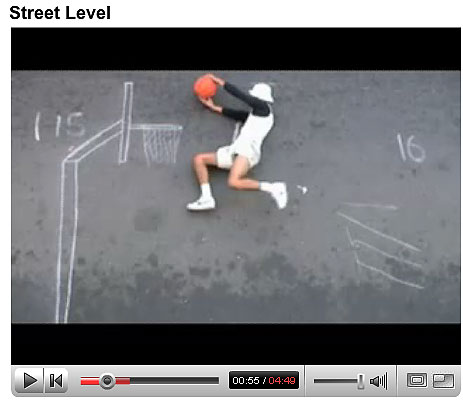The Latency of the Moving Image in New Media, by Eduardo Navas
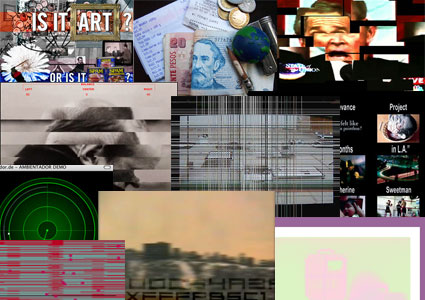
Image and text source: Telic Arts Exchange
Written for an exhibition with the same title curated by Eduardo Navas at Telic Arts Exchange, Chinatown, Los Angeles, CA. May 25 – June 16, 2007
Text released: May 25, 2007
What separates new media from previous media is, in part, waiting periods that define public and private experience; whether the download of a file from the Internet is taking longer than expected, an e-mail message has not been sent from one server to another for some unknown reason, or a large file is being rendered in video software like Final Cut Pro for output as a viewable movie, new media is largely dependent on constant moments of waiting, often referenced as latency.
Latency is used with three significations in mind. First, is the technological latency that takes place in new media culture due to the nature of the computer: the machine has to always check in loops what it must do, to then execute commands, eventually leading to the completion of a task. This is the case when someone uses Photoshop, Microsoft Word, or any other commercial application; or streams image and sound across the Internet. This constant checking in loops at hardware and software levels opens the space for latency’s second signification, which extends in social space when the user consciously waits for a response that begins and ends with the computer. Latency becomes naturalized when a person incorporates computer interaction as part of his/her everyday activities.

